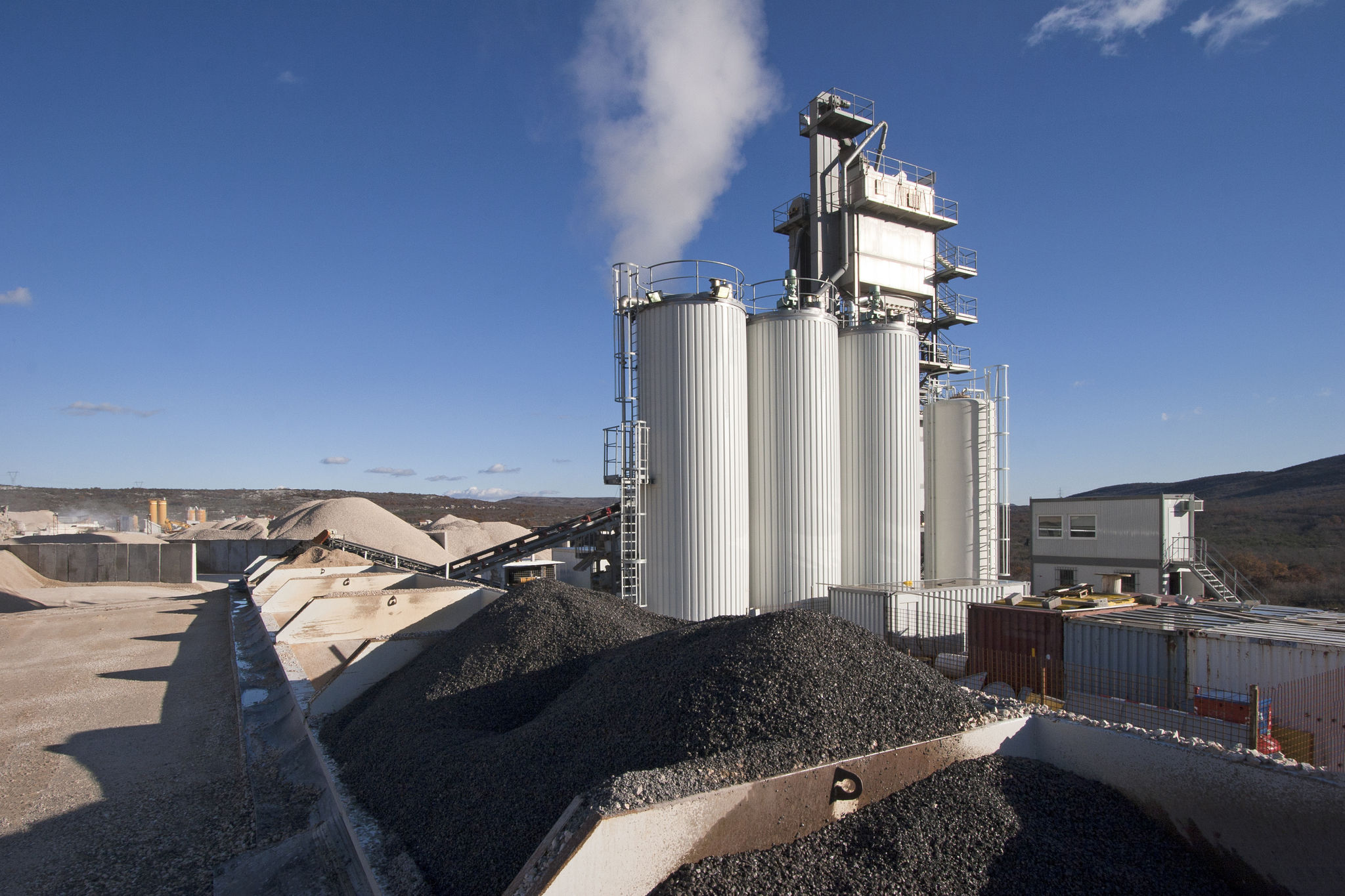The Ultimate Guide to Ontario Asphalt Installation: What to Expect
When it comes to asphalt installation in Ontario, there's a lot more involved than simply laying down a layer of asphalt. Understanding the process can help you better prepare for what's ahead and ensure you get the best results from your project. In this guide, we'll walk you through what to expect during an asphalt installation, from preparation to completion.
Site Preparation
The first step in any asphalt installation is thorough site preparation. This involves clearing the area of debris, vegetation, and any existing pavement. The ground must be properly graded to ensure water drainage and avoid future damage to the asphalt surface. A well-prepared site is crucial for the longevity of the asphalt.

Subgrade Evaluation
Before the actual paving begins, it's important to evaluate the subgrade, the layer of soil beneath the pavement. The subgrade must be compacted and stable to support the asphalt. If necessary, additional materials like gravel may be added to strengthen the subgrade. This step is essential, as a weak foundation can lead to premature pavement failure.
Choosing the Right Asphalt Mix
Not all asphalt is created equal. Different projects require different types of asphalt mixes to achieve optimal results. Factors such as climate, traffic load, and intended use will influence the choice of asphalt mix. In Ontario, where temperatures can vary significantly, it's crucial to select a mix that can withstand both hot summers and cold winters.

The Installation Process
Once the site is prepared and the right asphalt mix is chosen, the installation process begins. This involves laying down the asphalt in layers and compacting it using heavy machinery. Proper compaction ensures that the asphalt is dense enough to withstand traffic and environmental conditions. Each layer needs to be thoroughly compacted before the next one is applied.
Curing and Final Touches
After installation, the asphalt needs time to cure. During this period, it's important to keep vehicles and heavy equipment off the new surface to allow it to set properly. Typically, asphalt takes 24 to 48 hours to cure sufficiently for light use, but it can take up to 30 days for a complete cure.

Long-term Maintenance
Proper maintenance is key to prolonging the life of your asphalt surface. Regular inspections should be conducted to identify any cracks or signs of wear early on. Sealing the surface every few years can also help protect it from water penetration and extend its lifespan significantly.
Common Pitfalls and How to Avoid Them
One common mistake in asphalt installation is neglecting proper drainage. Poor drainage can lead to water pooling, which weakens the pavement structure over time. Another potential issue is not allowing enough time for curing, which can result in a softer surface prone to damage. Ensuring these factors are addressed during installation will help avoid costly repairs in the future.
By understanding what goes into an asphalt installation project in Ontario, you can better prepare for each stage of the process and ensure a durable, long-lasting pavement. Whether you're paving a driveway or a commercial parking lot, following these guidelines will help you achieve a successful outcome.
